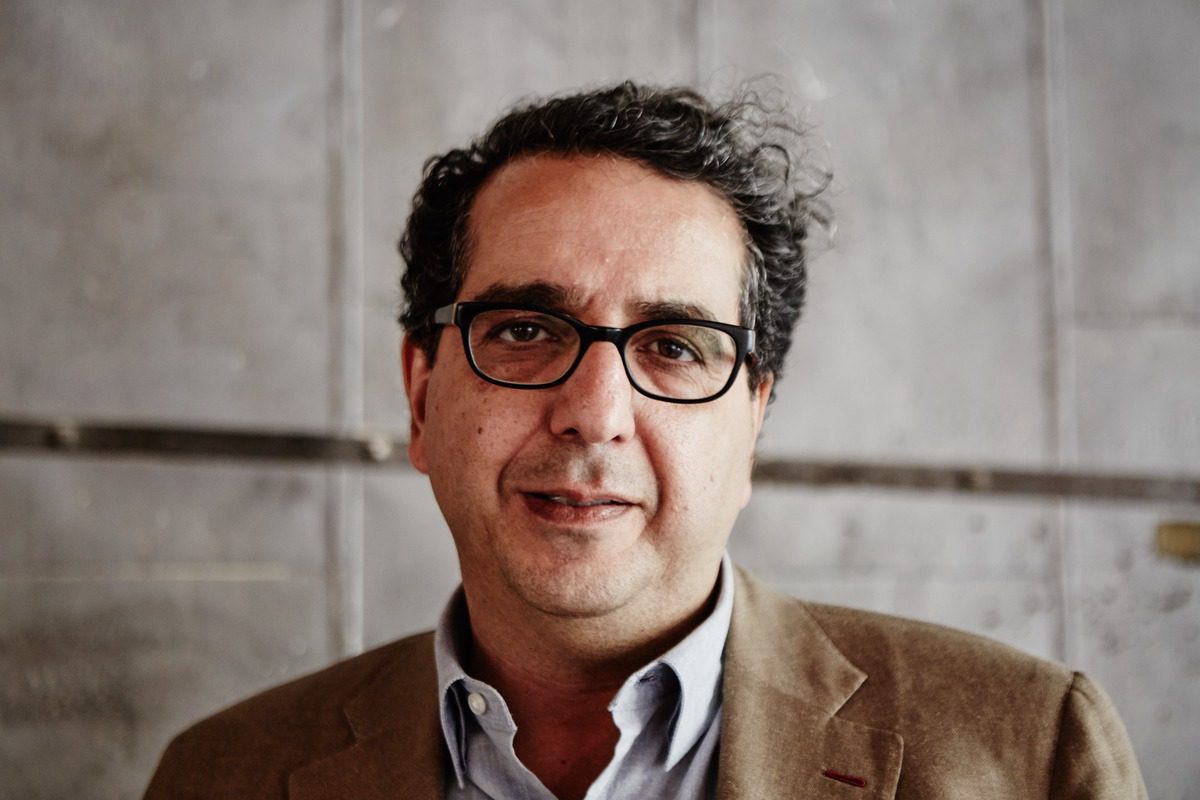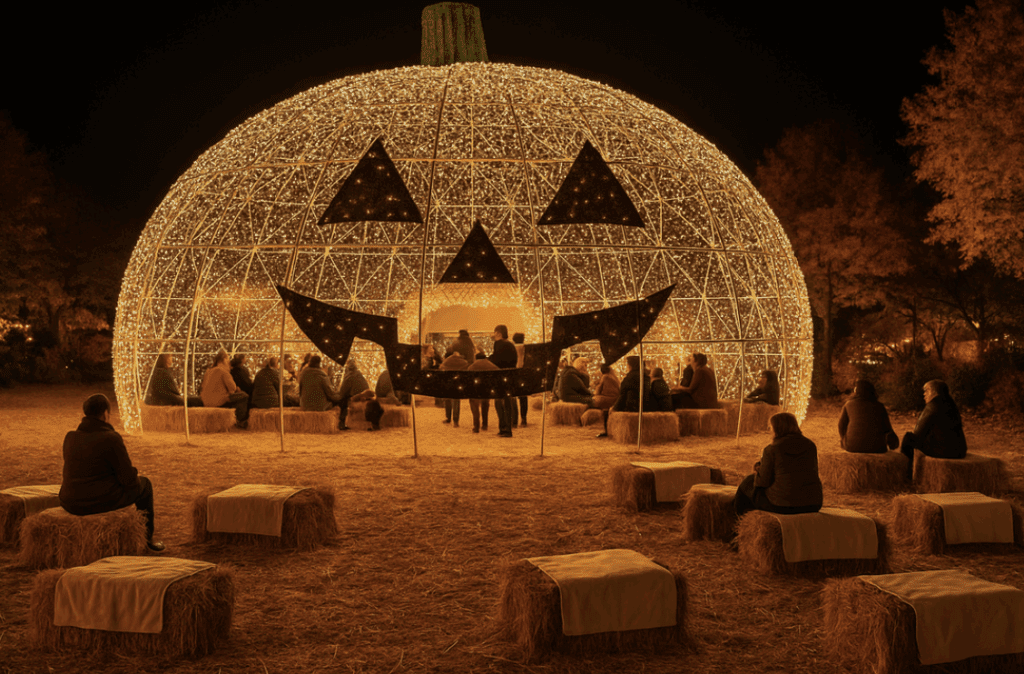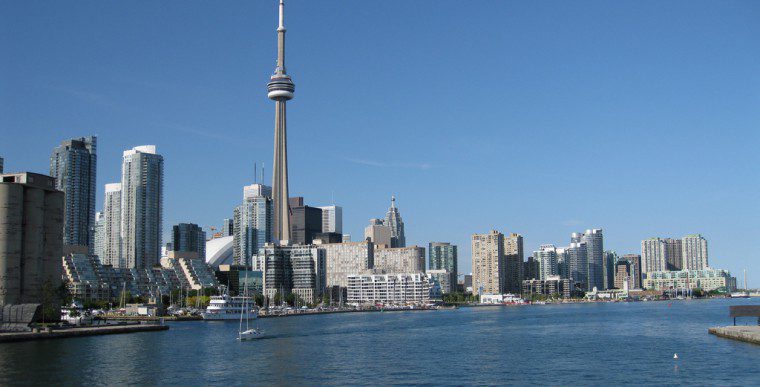On a sunny, not-quite-cool day in late August, I sat down in a bright airy office decorated with tiny model buildings and talked for almost an hour with a man who has made a career out of faithfully taking that backward fall and daring those dark alleys. Siamak Hariri – a founding partner of Hariri Pontarini Architects–arrived in Toronto by a somewhat circuitous route.
The son of Persian Baha’is (his father was partner in a big construction company back in Iran), he was conceived in Brazil, born in Germany, and spent a portion of his childhood in Geneva before his father saw an ad from the Canadian government and moved the family to Toronto. Although initially drawn to medicine, the young Hariri decided to try architecture almost on a whim, studying first at Waterloo, and later on, at Yale.
Now, decades later, he is not only a respected architect, but also a member of the ROM’s Institute of Contemporary Culture, the Waterfront Design Review Panel, and the Toronto Art Council. He has also served stints as a architectural critic and competition juror, and has taught at the University of Toronto’s Faculty of Architecture, Landscape and Design.
With all of this experience to draw upon, what do you see as the essential basis for your art?
I think that the more I’m in this game, the more I realize it’s a game about emotions. It’s built form, which is – let’s call it measurable and tangible – but it results in something that is immeasurable and intangible.
When did you first realize architecture is all about emotions?
It was during my university years, when one day I saw a security guard running his hand over part of the Yale Art Gallery. I remember that moment vividly, it changed my whole outlook because I saw that he was moved. You could see it in his emotion, you could see it in the way that he responded. You could see that this is just something that is part of the human condition; that we have this capacity, that we all have this –let’s call it a soul – and it can be moved.

Jackman Law Faculty of Law
What is it that you hope to achieve with your work?
What interests me in architecture is how it lifts the human spirit. What else can we do other than try to create a truly robust, enduring beauty in our work? Beauty is so ineffable. Beauty is like love. You can’t talk about it really, but on the other hand, you feel it. And you feel it in the work. And you know when you’ve touched it – and whatever it is, it’s mysterious, but it grabs you, you know?
In 2015 you were hired to expand and renovate Casey House, the venerable Toronto AIDS hospital. So how do you apply this emotion-based approach to a project like this?
First you start by talking and listening. You need to feel part of a community when you come in. You need to feel that there are people around you who are understanding of your situation and who you can talk to, and you can pour your heart out and be able to become connected. Because many of the people were either living under very difficult circumstances, or had to keep their condition private.
Certain people were very proud of the fact that Casey House was going to be there on Jarvis Street – like other institutions – and so this was like a coming of age for Casey House; a really important moment for this institution that had fought so hard to get to this point. And so it needed to be both expressive of its time, but at the same time respect deeply this idea of privacy. So those things really generated the form. On one hand it’s heroic as it comes up and over the house, but on the other hand it has this sliver courtyard which creates a sense of community, intimacy, and privacy.

Casey House
Obviously, there are going to be a lot of fairly uninspired buildings in just about any big city. Having said that, what do you think of Toronto, from an architectural standpoint?
I think that Toronto is a real example today of the process which starts at the bottom and works its way up. And it’s going to take us time, but I think it’s the real thing. Even if you talk about sidewalks. Even if you talk about trees, which have been one of my pet peeves for many many years. It’s starting to feel like we’re heading in the right direction. People are getting serious about understanding how to plant a tree properly. And the whole idea of putting in the proper infrastructure, and investing. Well, think about it; this is the making of a city. It is when you think about something, you’re not thinking about it just for you, you’re thinking about it for generations later.
Could you give us some examples of Toronto built spaces that you like?
Hart House, Sugar Beach, Village of Yorkville Park, and Massey College. U of T’s recent buildings are all looking interesting. I think the school of architecture is looking fantastic. In general I’m very positive and optimistic and hopeful.. I think that we’re on our way.

Bahá’í Temple of South America photograph by Justin Ford
You have worked on countless projects, such as Casey House, U of T’s new Jackman Law building, but also some exotic projects, like the Bahá’í Temple in Santiago, Chile, which took 13 years to plan and build and won 10 architectural awards even before it was finished. What was the inspiration for this luminous, nine-sided sacred space in the Andes?
Truth be told, I think that we were going after a feeling. There is this wonderful quote in the Baha’i writings that says ‘If you reach out in prayer, and if your prayer is answered, you become embodied in light. In His light. His light becomes part of your being. And I was thinking ‘how does that translate into architecture?’ And so there was the idea that you have this fully enveloped space that has two layers – both of which capture light, embody light, hold light. Don’t let the light necessarily come through, but just become somehow alive as the light hits them. That was something that fascinated us.
[fvplayer src=”https://vimeo.com/62427087″ width=”625″ align=”left” splash=”https://i.vimeocdn.com/video/433238158_1920x1080.jpg?r=pad” caption=”Bahá’í Temple of South America”]
When did you know the project was successful?
My father-in-law, who is one of the toughest critics I have, he’s a very, very prominent painter and he was a professor of art, and you know, doesn’t give out chocolate chips easily. He withheld commenting on the temple for all the years that I was working on it, saying ‘I can’t talk about it. I have to go see it.’ Which is a fair thing. Anyway, it was amazing. He stepped in and he burst into tears. And the tears were flowing. Flowing. And that is what I’m talking about. It is an emotional response.
Could you describe what the process of working on a new design is like for you?
The process is like falling backwards. You know, psychologists, they say ‘you have to fall backwards into the hands of someone you trust.’ The artistic process is, very much like that. And it’s very scary. That’s why a lot of people won’t do it. Because you have to trust the process, and it can cost you a lot of money, it can cost you a lot of time, it can lead you to very dark alleys.
JN00ML






